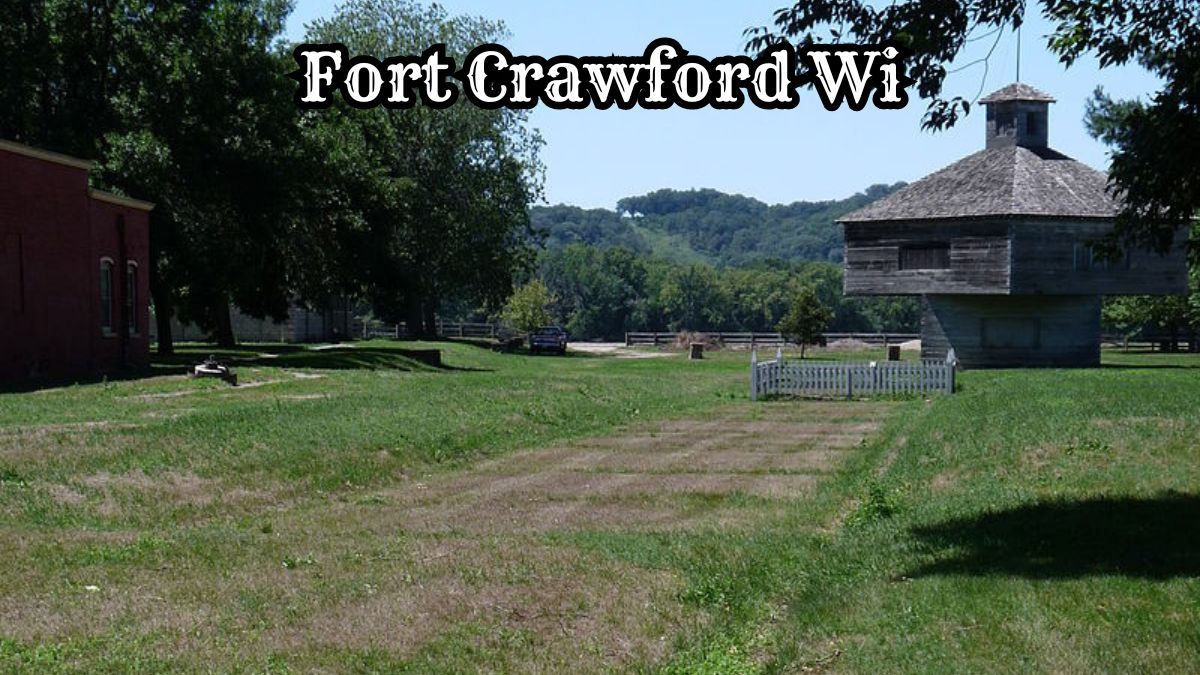Fort Crawford, located in Prairie du Chien, Wisconsin, is a site of immense historical importance, recognized as a U.S. National Historic Landmark.
Established in 1816, this fort was pivotal in early American military history, particularly during the Black Hawk War of 1832.
Fort Crawford was more than a military outpost; it served as a medical center where Dr. William Beaumont conducted groundbreaking research on human digestion.
Today, the remnants of the fort are preserved by the Wisconsin Historical Society and showcased at the Fort Crawford Museum, offering visitors a glimpse into this significant site’s rich history and enduring legacy.
Historical Significance of Fort Crawford
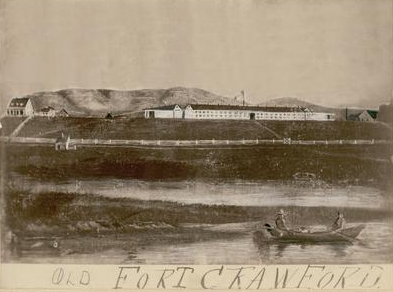
Fort Crawford played an integral role in the military and cultural heritage of the United States, leaving a legacy recognized by its National Historic Landmark status.
Fort Crawford’s Role in Military History
Fort Crawford was an essential military outpost during significant periods of early American history.
Established in 1816 near the Mississippi River, it was a critical component in a string of fortifications designed to establish and maintain the northern frontier of the United States.
Notably, it saw two constructions: the original fort, known as “Old Fort Crawford,” and the more substantial redevelopment later, referred to as “New Fort Crawford.”
The fort was actively used by the United States Army, serving as a site for defense and a medical center during its years of operation.
The facility played a notable role during the Black Hawk War in 1832, where it functioned as a headquarters for military operations.
It also acted as an administrative and economic hub influencing the growth and development of Prairie du Chien and the surrounding region.
Fort Crawford as a U.S. National Historic Landmark
The remnants of Fort Crawford are preserved by the Wisconsin Historical Society and managed by the Prairie du Chien Historical Society, highlighting the fort’s enduring historical significance.
Within its grounds is the Fort Crawford Museum, which offers insights into the lives of those stationed at the outpost and the medical practices of the time.
In acknowledgment of its historical importance, Fort Crawford was designated a U.S. National Historic Landmark in 1960.
This prestigious status underscores the site’s role in shaping U.S. history and preserving it as part of the nation’s collective past.
The landmark serves as a reminder of the Army’s occupation and the area’s transformation. It is also an educational resource that allows visitors to better understand the complexities and challenges of frontier life in the 19th century.
Military Engagements and Key Figures
The section below provides an overview of military engagements involving Fort Crawford and the influential leaders who were connected to these events.
The Black Hawk War and Fort Crawford
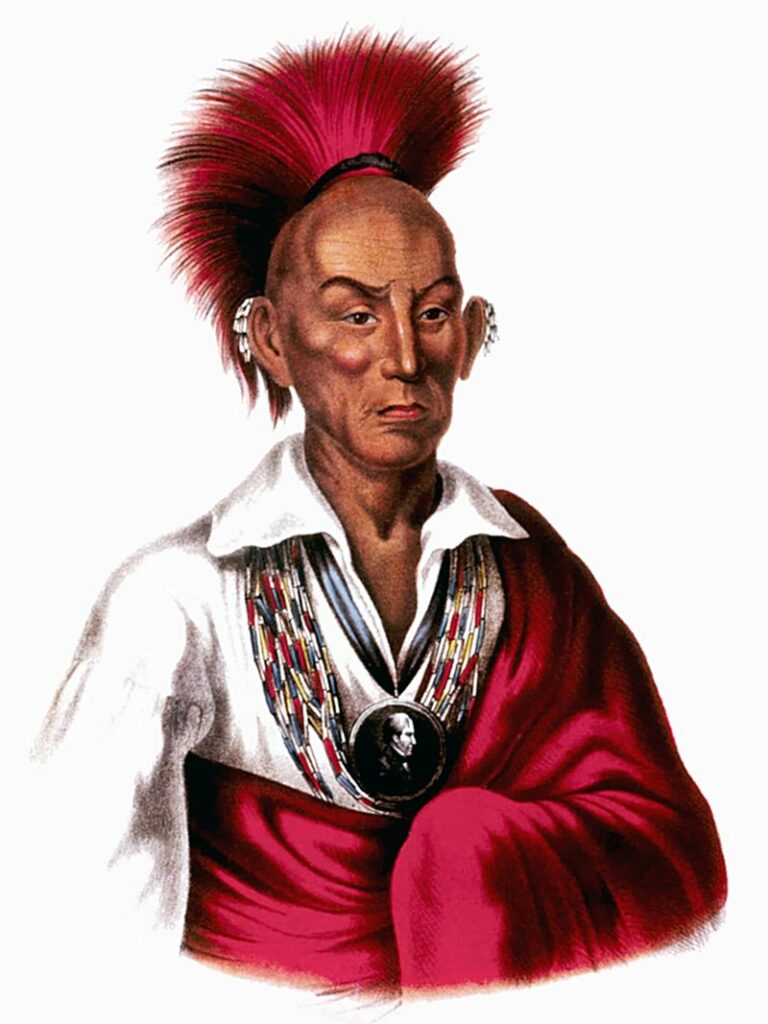
Fort Crawford was a prominent location during the Black Hawk War in 1832.
It was a critical point for military operations against the Sauk leader, Chief Black Hawk, and his followers.
The Battle of Bad Axe, marking the end of the Black Hawk War, resulted in a decisive defeat for Black Hawk and his band, sealing the fate of many Native American tribes in the area.
Prominent Military Leaders
Lt. Jefferson Davis, who later became the President of the Confederate States of America, was stationed at Fort Crawford.
Another key figure was Colonel Zachary Taylor, who married his daughter to Davis at the fort.
Both Davis and Taylor played significant roles in the military landscape of the time, with Taylor becoming the 12th President of the United States.
| Leader | Role |
|---|---|
| Lt. Jefferson Davis | Stationed at Fort Crawford; future leader of the Confederacy |
| Colonel Zachary Taylor | Commander at Fort Crawford; 12th President of the United States |
Engagement with Native American Tribes
The establishment and military presence at Fort Crawford signaled persistent tensions and altercations between U.S. forces and Native American tribes, including the Winnebago Indians.
These confrontations typically revolved around territorial disputes and sovereignty, signifying the broader conflict and changes American Indians faced during this period.
Fort Crawford and Fort Winnebago were both focal points in these interactions, as they became symbols of U.S. expansion and a practical means to exert control over the region.
Fort Crawford’s Medical History
Fort Crawford was prominently known for its significant contributions to medical history during the 19th century, mainly through the work of Dr. William Beaumont and the legacy of its hospital in medical education.
Dr. William Beaumont and Medical Advancements
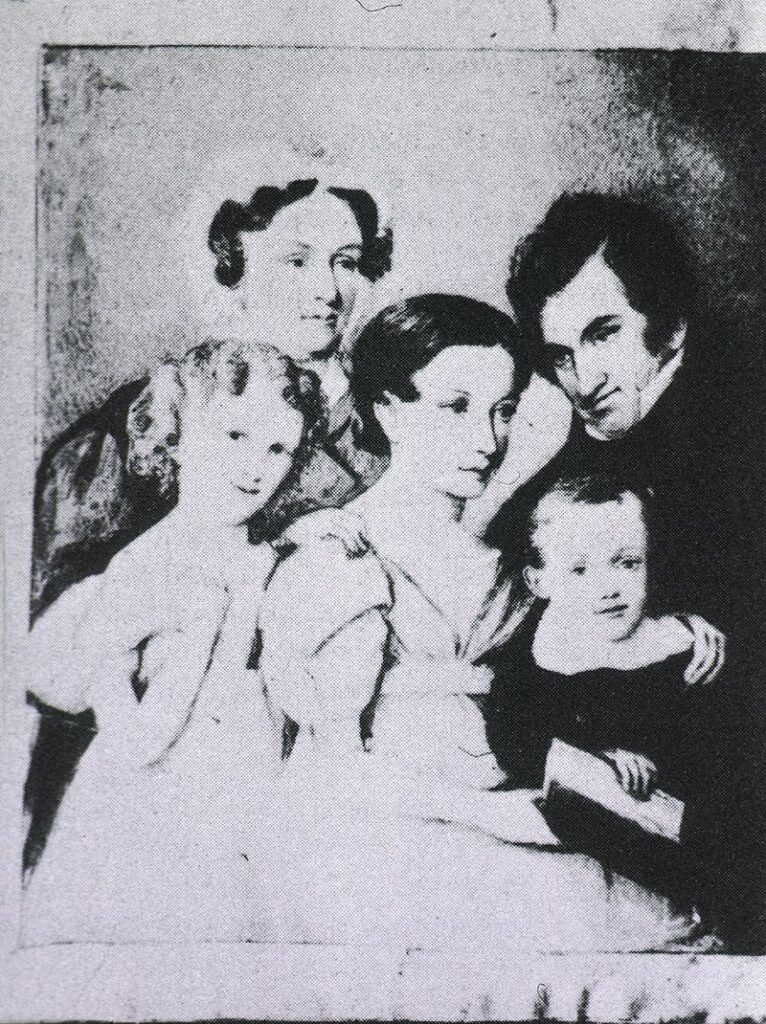
Dr. William Beaumont, an army surgeon at Fort Crawford, conducted pioneering research that laid the foundations for modern gastroenterology.
His studies at the Second Fort Crawford Military Hospital were instrumental in understanding human digestion.
In 1825, Beaumont began treating a fur trader, Alexis St. Martin, who had sustained a stomach wound that did not fully heal, leaving an open gastric fistula.
Beaumont seized the opportunity to observe the digestive process directly, and his findings were detailed in his 1833 publication “Experiments and Observations on the Gastric Juice and the Physiology of Digestion.”
His work became a staple of medical knowledge.
- Key Contributions:
- Pioneering experiments on gastric processes
- Publication influencing medical understanding
Fort Crawford Hospital’s Role in Medical Training
The Fort Crawford Hospital played a vital role in medical education on the frontier.
After its reconstruction in the 1930s, the edifice operated as a Museum of Medical History museum, allowing visitors to appreciate the historical advancements in medical training and practices.
During its active service years, the hospital provided an essential experience for medical personnel, honing their skills in a context marked by limited resources and challenging conditions.
- Historical Impact:
- Training ground for medical personnel
- Transformation into Museum of Medical History
Geography and Infrastructure
Fort Crawford was strategically located to utilize the transport and defense advantages provided by the Upper Mississippi River.
Strategic Location along the Upper Mississippi River
The site of Fort Crawford is situated along the banks of the Upper Mississippi River.
This location provided a critical vantage point for controlling river traffic between St. Louis and Green Bay.
The proximity to the Fox-Wisconsin Waterway’s confluence also enhanced its strategic importance, facilitating movement between the Mississippi and the Great Lakes.
Construction and Reconstruction of Fortifications
Construction: The original fortification, constructed in 1816 near the site of present-day Prairie du Chien, Wisconsin, was built on low-lying ground prone to flooding.
It was part of a chain of forts that included Fort Armstrong near Rock Island and Fort Snelling near Saint Anthony Falls.
Reconstruction: After a major flood in 1829, the fort was relocated to higher ground.
Its infrastructure was designed to withstand such natural adversities and provide a sustainable base for the U.S. Army.
The new fort was crucial during the Black Hawk War of 1832, solidifying its importance in the region’s military framework.
Cultural Impact and Preservation Efforts
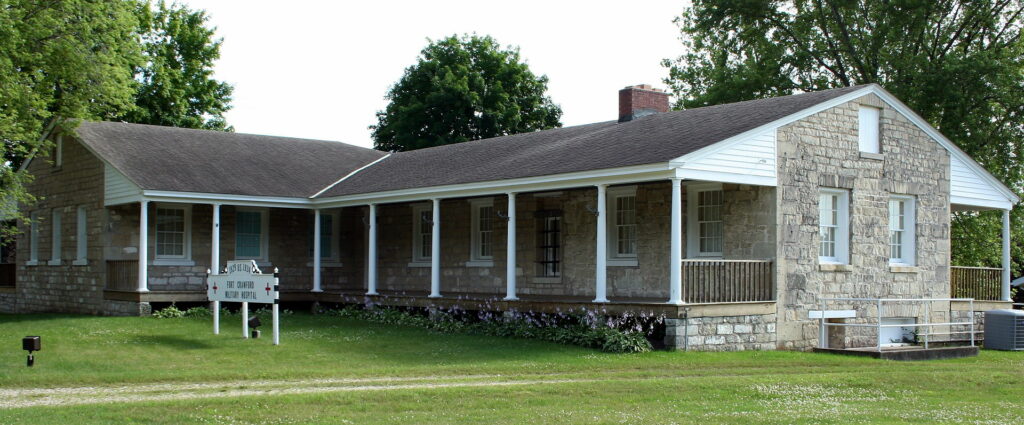
Fort Crawford in Prairie du Chien, Wisconsin, is a significant part of local heritage. Ongoing efforts are to preserve it and educate the public about its historical impact.
The Museum of Prairie du Chien
Positioned in the heart of Prairie du Chien, the Museum of Prairie du Chien serves as a focal point for cultural preservation within Crawford County.
Housed in a structure replicating the historic Fort Crawford, the museum boasts a variety of exhibits related to the area’s history.
The Archives Research Room is crucial, providing historians and visitors access to valuable documents and artifacts.
Visitors can immerse themselves in the past through:
- Various artifacts from different eras
- Detailed reconstructions and dioramas
Educational Outreach and Public Engagement
The Museum of Prairie du Chien is committed to educational outreach, which aims to share the region’s rich history with a broader audience.
This includes a range of Group Tours designed to engage visitors of all ages in the history of Fort Crawford and its role in shaping the Midwest.
The museum’s educational programs place a strong emphasis on interactive learning, with the use of:
- Guided tours for schools and organizations
- Public lectures and special events
Additionally, the museum’s grounds, complete with Picnic Tables, encourage family and educational groups to use the site for learning and recreation, thereby fostering a deeper connection with local heritage.
Integrating leisure amenities with educational facilities highlights Prairie du Chien’s commitment to a holistic cultural experience.
Explore More: 5 Historic Forts of Wisconsin
Fort Crawford in Contemporary Context
Fort Crawford is an integral part of Wisconsin’s history, offering insights into the United States’ early military and medical practices.
The fort’s relevance extends into the present through various forms of cultural heritage preservation and education.
Tourism and Commemorative Practices
Visitors to South Beaumont Road witness the Only Surviving Building Fragments of the Fort that serve as tangible links to the past.
These remnants are central to the Museum of Local History activities, where exhibitions are dedicated to Fort Crawford’s military significance.
The Daughters of the American Revolution have marked the Fort Crawford Cemetery, enriching the site’s historical narrative and bolstering its tourism appeal.
Nearby, the restored Villa Louis draws tourists interested in the broader history of the area.
- Key Attractions:
- Only Surviving Building Fragments
- Museum of Local History
- Fort Crawford Cemetery
- Villa Louis
Research, Archives, and Conservation
Research efforts focus on the Site of the Second Fort. Ongoing archaeological work provides a deeper understanding of the fort’s structure and daily life.
Conservation initiatives ensure the longevity of the site and its artifacts.
Furthermore, the archives curated at the local museum offer rich resources for historians and enthusiasts who want to explore 19th-century frontier military life.
These efforts highlight the enduring legacy of Fort Crawford in academic circles and beyond.
- Conservation Priorities:
- Building preservation
- Artifact restoration
- Archival Resources:
- Military Records
- Medical practices documentation
- Personal accounts and letters

Cory is a website owner and content creator who enjoys fishing, history, coin collecting, and sports, among other hobbies. He is a husband and father of four.
Romans 15:4 For whatever was written in former days was written for our instruction, that through endurance and through the encouragement of the Scriptures we might have hope.

